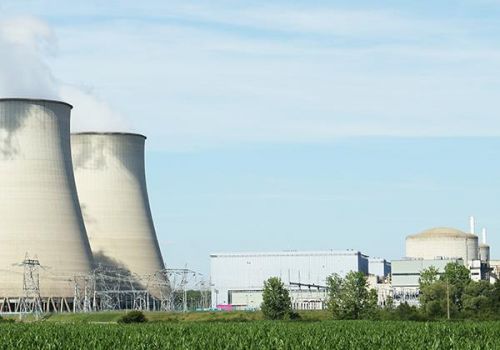Operating Principle of Actuator Pneumatic ValveA Story by soloonactuatorsDescription of the actuator pneumatic valve: Actuator pneumatic valve, also known as pneumatic actuators or pneumatic device, refers to the device which uses compressed air pressure to drive the actuator to turn on, off or adjust the valve. The actuator pneumatic valve is composed with cylinder, piston, gear shaft, end cover, sealing screw, etc. This device is widely applied to various valves, including opening direction, stroke limit, solenoid valve, positioner, pneumatic components, manual mechanism, signal feedback components, etc. Double acting pneumatic cylinder working principle and single acting actuator working principle The structure of actuator pneumatic valve can be divided into single-acting and double-acting way according to the forms of action.The double-acting actuator is pneumatically starting, that is, pneumatically opened and closed. When the air source is lost, it does not move and stays in place. Single-acting actuators have a spring return function. Generally, there are two types of normal close and open, that is, when the ventilation is open, and can not get the air source, it will reset to the initial state automatically. When the gas source is lost, commonly in some dangerous working conditions, the valve should be rapidly closed or opened in the case of emergency situation. 1. Working principles of double-acting pneumatic actuator When the air source pressure enters the middle cavity, the two pistons divided, and then move to the ends of the cylinder, which makes the air cavity at both ends discharges air through the air ports, and cause counterclockwise rotation of the two-piston rack (gear) that drives the output shaft synchronously. On the contrary, when the air source pressure enters the air chambers at both ends of the cylinder from the air port, the two pistons move toward the middle, and the middle air chamber discharges gas through the air port, and at the same time, the two piston racks simultaneously drive the output shaft (gear) to rotate clockwise. (If the piston is installed in the opposite direction, the output shaft will rotate in the opposite direction.) 2. Pneumatic positioner working principle (with more than one spring) As the air source pressure enters the cylinder, the two pistons seperated, and move toward to the endpoint of the cylinder, which force the spring at bboth end stressed and exhaust the air through the air hole. Meanwhile, cause counterclockwise rotation of the two-piston rack (gear) that drives the output shaft synchronously. When the solenoid valve reverses the pressure of the air source, the two pistons in the cylinder move to the middle under the elastic force of the spring, then, the air discharged from the middle air cavity, and in the meantime, the two piston racks simultaneously drive the output shaft (gear) to rotate clockwise. (If the piston is installed in the opposite direction, the output shaft will rotate in the opposite direction) Soloon has types of control damper actuator for sale, if you have needs, please leave us a message.  © 2022 soloonactuators |
AuthorsoloonactuatorsBeijng, Beijng, ChinaAbout"Soloon Controls (Beijing) Co. Ltd. was established in April 2000 and is a leading actuator manufacturerspecializing in both R & D as well as manufacturing. The company is located in the National Econ.. more..Writing
|

 Flag Writing
Flag Writing